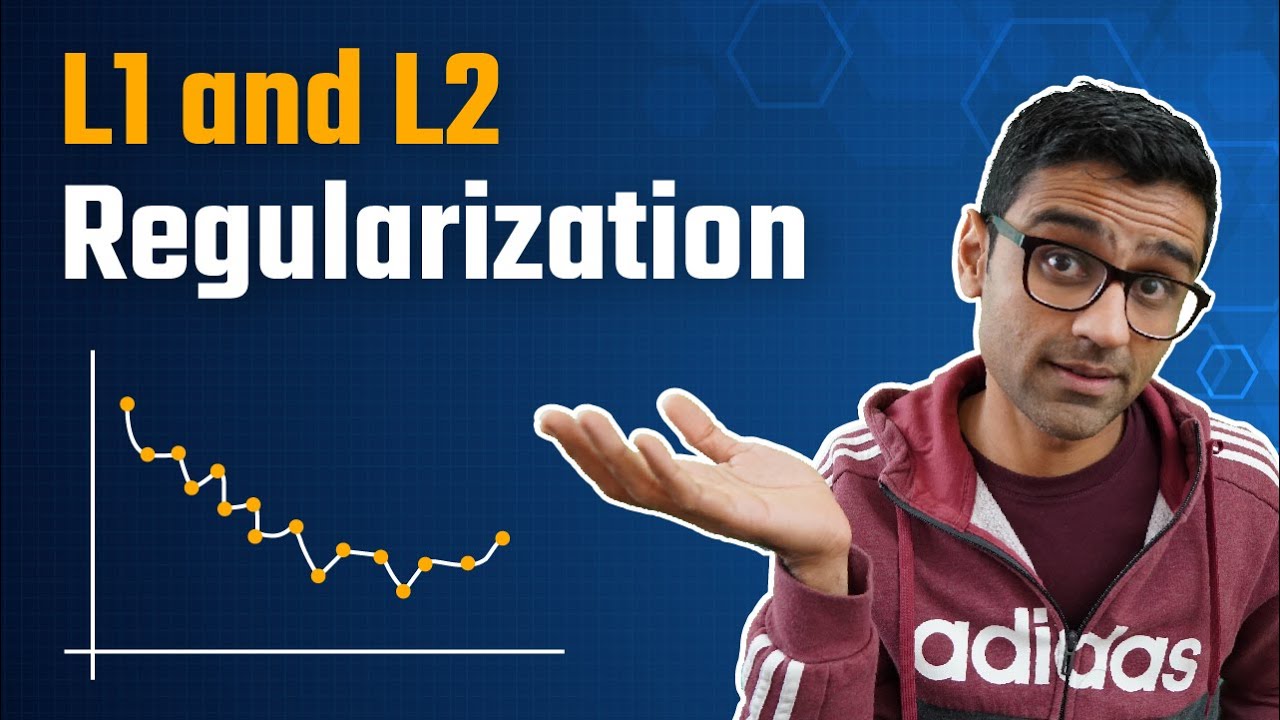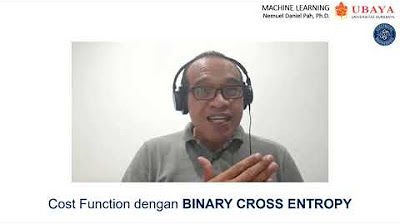ADDRESSING OVERFITTING ISSUES IN THE SPARSE IDENTIFICATION OF NONLINEAR DYNAMICAL SYSTEMS
Summary
TLDRIn this video, Leo Alves from UFF discusses his research on mitigating overfitting in Symbolic Regression, a machine learning technique. Sponsored by CNPQ and the US Air Force, the study collaborates with UCLA's Mechanical Aerospace Engineering department. Alves explores the use of model development from first principles and data-based approaches, focusing on the challenges of convergence and error propagation when increasing system nonlinearity or state vector size. He examines the impact of regularization, sampling rates, and the condition number on model accuracy, suggesting that alternative polynomial bases may improve Symbolic Regression's performance.
Takeaways
- 📚 The speaker, Leo Alves from UFF, discusses his work on addressing overfitting issues in 'CINDY', a project sponsored by CNPQ and the US Air Force, in collaboration with UCLA's Mechanical Aerospace Engineering department.
- 🌟 The script contrasts two approaches to model development: traditional first principles and data-based approaches, with historical examples including Galileo, Newton, and Kepler.
- 🤖 The focus is on machine learning, specifically symbolic regression, which uses regression analysis to find models that fit available data, citing significant papers in the field.
- 🔍 The script explains the process of using CINDY, starting from data compression, building a system of equations, and making assumptions about the state vector size and sparsity of dependencies.
- 📈 The importance of defining a sampling rate and period is highlighted, which are crucial for building matrices and evaluating the state vector at different times.
- 🔧 The process involves creating a library of candidate functions using a polynomial representation with a monomial basis, which is a power series.
- 🧬 The script delves into the use of genetic programming and compressed sensing for identifying nonlinear differential equations that model data.
- 📉 The impact of increasing nonlinearity order on error propagation and coefficient accuracy is discussed, showing how regularization techniques like Lasso can help.
- 📊 The Lawrence equations are used as test cases to illustrate different regimes: chaotic, double periodic, and periodic, each with distinct frequency spectra and time series behavior.
- 📌 The script shows that the condition number of the candidate function matrix is a good proxy for relative error, and how increasing sampling rate or period affects this.
- 🔍 The final takeaway is the recognition of the Van der Monde structure in the library of candidate functions, which is known to be ill-conditioned, and the need to explore different bases to overcome this issue and minimize error propagation.
Q & A
What is the main topic of discussion in this video by Leo Alves?
-The main topic is addressing overfitting issues in the context of symbolic regression, particularly focusing on a method called Cindy, which is used for model development from data.
What is the role of CNPQ and the US Air Force in Leo Alves' work?
-CNPQ and the US Air Force have sponsored Leo Alves' work, indicating financial or strategic support for the research on addressing overfitting in symbolic regression.
What is symbolic regression and why is it significant in machine learning?
-Symbolic regression is a form of machine learning that uses regression analysis to find models that best fit available data. It is significant because it allows for the discovery of underlying equations from data, which can be crucial for understanding complex systems.
Who are some key researchers mentioned in the script that have contributed to symbolic regression?
-Key researchers mentioned include Lipson and co-workers, who used genetic programming for symbolic regression, and Brenton W. B. Procter and co-authors, who applied ideas from compressed sensing and sparse regression to the field.
What are some common data compression methods mentioned in the script?
-Some common data compression methods mentioned are projection methods like collocation, principal component analysis, and proper orthogonal decomposition.
What assumptions does the Cindy method make about the state vector and its relationship with the system?
-The Cindy method assumes that the state vector size is arbitrary but small, and that the dependence of the function on the state vector is sparse, meaning that each function may depend on only a few elements of the state vector.
How does the script describe the process of building a library of candidate functions for Cindy?
-The process involves defining a sampling rate and period, building matrices based on the state vector and its time derivatives, and creating a polynomial representation using a monomial basis, which includes all possible combinations of terms up to a certain order.
What is the role of regularization in the context of the Cindy method?
-Regularization, specifically Lasso in the script, is used to minimize the objective function and prevent overfitting by automatically removing terms that are deemed unnecessary, thus improving the model's generalizability.
What are the Lawrence equations mentioned in the script, and what is unique about their parameter involvement?
-The Lawrence equations are a set of differential equations used as test cases in the script. They are unique because the control parameters appear only in the linear terms of each equation, and the maximum linearity order is quadratic.
How does the script discuss the impact of increasing nonlinearity order on the performance of the Cindy method?
-The script discusses that increasing the nonlinearity order leads to error propagation and incorrect coefficients, highlighting the need for regularization techniques to mitigate these issues.
What insights does the script provide regarding the relationship between the condition number of the candidate function matrix and the relative error in the model?
-The script suggests that the condition number of the candidate function matrix is a good proxy for the relative error in the model. It increases with the nonlinearity order and the size of the state vector, indicating more error propagation and the limitations of using the Cindy method.
What is the proposed next step to overcome the limitations discussed in the script?
-The proposed next step is to use a different basis for representing the unknown system to overcome the issue of error propagation associated with the van der Monde structure of the current candidate function matrix.
Outlines

このセクションは有料ユーザー限定です。 アクセスするには、アップグレードをお願いします。
今すぐアップグレードMindmap

このセクションは有料ユーザー限定です。 アクセスするには、アップグレードをお願いします。
今すぐアップグレードKeywords

このセクションは有料ユーザー限定です。 アクセスするには、アップグレードをお願いします。
今すぐアップグレードHighlights

このセクションは有料ユーザー限定です。 アクセスするには、アップグレードをお願いします。
今すぐアップグレードTranscripts

このセクションは有料ユーザー限定です。 アクセスするには、アップグレードをお願いします。
今すぐアップグレード関連動画をさらに表示

Machine Learning Interview Questions | Machine Learning Interview Preparation | Intellipaat

Tutorial 43-Random Forest Classifier and Regressor

Machine Learning Tutorial Python - 17: L1 and L2 Regularization | Lasso, Ridge Regression

Machine Learning Fundamentals: Cross Validation

Regularization Part 2: Lasso (L1) Regression

4. Binary Cross Entropy
5.0 / 5 (0 votes)
